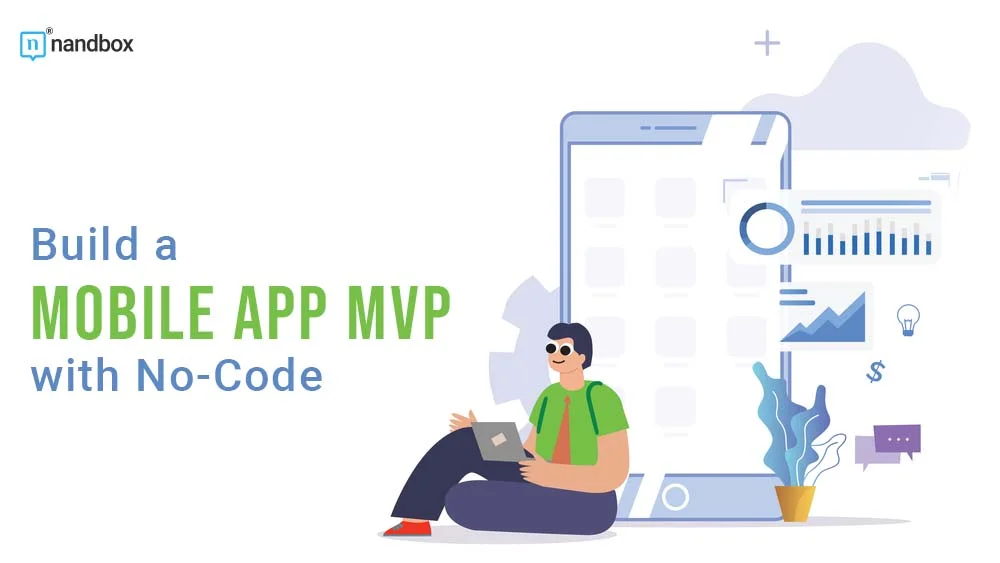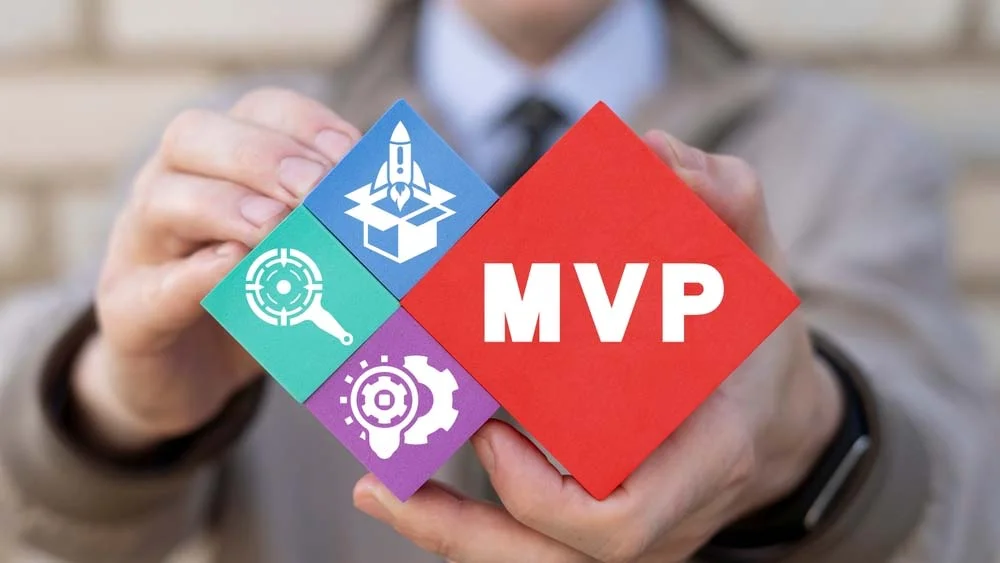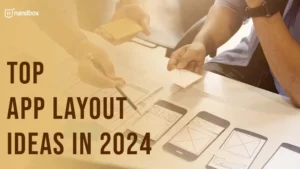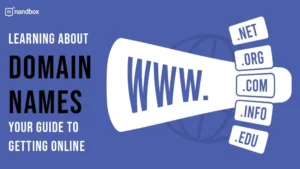Easy MVP Development for Mobile Apps Using No-Code Tools
Minimal Viable Products (MVPs) will help you determine if your app idea is market-ready. However, building one is demanding; you hire professional designers for thousands of dollars and wait a few weeks. In the end, they might do it differently from how you imagined it, and that would jeopardize testing it in the market or pitching it to an investor. Luckily, there’s a much cheaper and more effective alternative now; building an MVP with no code. Learn more about it in this article.
What is an MVP?
A minimum viable product tests software before development to determine if there’s a market demand for that product. Roughly 42% of start-ups fail because of the lack of market demand. Imagine spending months working on a product to find out no one is interested.
The word minimum comes from the 80/20 rule, which states that 80% of users utilize and are satisfied with 20% of the features of any product. So, the minimum viable product is created with that in mind. Recognizing that 20% are important and focusing on them is key to making the product succeed, instead of spreading too thin to work on all features.
Although start-ups especially benefit from MVPs, they are also helpful for any business creating a new product. Renowned companies like Slack, Uber, and Figma made MVPs for their products, which proved successful. After all, it’s still cheaper than building a product with all the features and watching it fail to find an audience.
Why Use No-Code Tools to Build an MVP?
- The first benefit is, of course, related to cost. No coding is significantly cheaper than traditional development. You don’t have to buy a skilled professional to finalize the MVP.
- Another benefit of not hiring a professional is that it eliminates a lot of back-and-forths and the hassle of communication. You could hire professionals once you start the product development phase.
- Anyone working in business knows this, time is crucial in making money. Time spent in making MVPs can be used to build the final product. So, instead of waiting for weeks, if not months, and paying for every minute the designer spends, you can finish the MVP in days. Then, you can start working on the actual product. Rest assured.
- The no-code MVP can be easily adjusted to fix any problems that users report and add more features.
How to Build a No Code MVP
#1: Do Comprehensive Research
Ask yourself: Does your app solve any existing problems? In most cases, it does. Are these issues that customers are interested in fixing and would pay money to do so? Sometimes, a company would create an app that fixes an existing problem that doesn’t have an actual effect on the customers’ daily life, and so they fail to make a lasting impact and end up failing.
Ask yourself: What are the existing solutions for this problem? What are they? These can be your competitors if you decide that you can solve this problem differently. This question helps you determine if the market needs your app and who your competitors are. In the second case, you would know if you could offer something that competitors couldn’t, be it a better price, more features, better accessibility, etc.
Final question: What is the profile of users who will benefit from your app? This is also called studying the buyer persona. A buyer persona helps you narrow down your target audience so you can offer them a better product that meets their needs.
#2: Identify Features You Want to Prioritize
The purpose of creating an MVP is to find out if specific features of your product will succeed in the market. It doesn’t help to build a complete product with every feature you plan to add. Not only is it a waste of time, but it will also confuse the users who try the app. It also defeats the purpose of the 80/20 rule. Think of the MVP as the first version; what would you include in the first version that would still make it viable?
#3: Measure the MVP’s Success
This will help you determine if the idea is worth investing in. These are the metrics to measure success with:
- Total Downloads: You can use the number of downloads to find how many people are intrigued by the idea.
- User Engagement: The amount of time spent on the app and the number of engaged users will determine if the idea is worth it.
- Net Promoter Score: The score will help you survey the effectiveness by finding out how many people found the product helpful.
- Customer Lifetime: Knowing how much time the users spend on the app before deleting it is another way to learn its effectiveness.
#4: Choose the No Code MVP Approach
Depending on your goals and the app idea, these are the approaches you could use.
1. The Prototype: Convert your idea into a first version or prototype to understand the market requirements.
2. The Single Feature: Make a product of the core feature of the app only to see if it solves the user’s problems.
3. The Crowdfunding Approach: Before creating a prototype, you could try to sell the idea and ask the audience to fund it. It will help determine if people find it worth investing in.
4. The Landing Page Approach: Showcase the idea of your app, with all its features and selling points, on a landing page.
5. The Email Approach: Send potential users an email talking in detail about the app, ask them to sign up as beta users, and evaluate the product based on their response.
6. The Chat Concierge Approach: Chat with potential customers, and listen to their issues and concerns that are relevant to the product. This will help you gain insights about the app.
7. Use a No-Code App Builder to Develop the App: With app builders, like our native no-code nandbox app builder, you can create your app, not just an MVP, without code, and with all features you need. Give it a shot!








